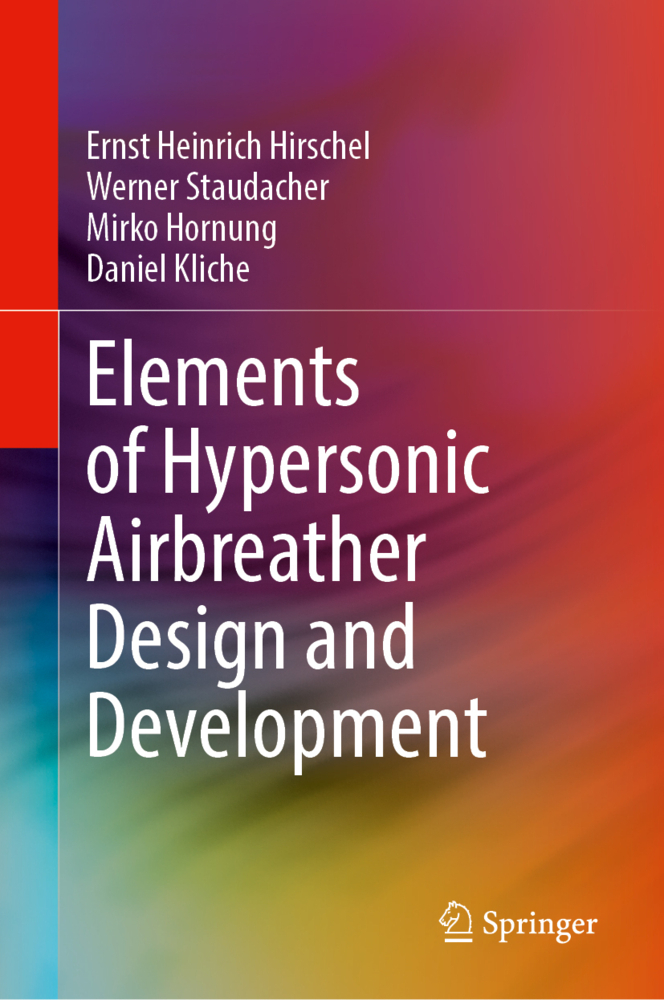
Zustellung: Fr, 27.06. - Do, 03.07.
Versand in 4 Wochen
VersandkostenfreiBestellen & in Filiale abholen:
This book sketches key design, development, and engineering issues. To think up an airbreathing hypersonic aircraft is one thing; to design, develop, and produce it is another one. Airframe-propulsion integration plays a central role, with six integration types identified. Most demanding is that of a large aircraft with both lift and propulsion located at its lower side an approach exemplified early by the US National Aerospace Plane. Topics treated are the flight environment, design sensitivities, fuel considerations, aerothermodynamics, scramjet propulsion, airframe-propulsion integration, structural and materials issues, and aerothermoelasticity. Persistent challenges include laminar-turbulent transition and joint modelling. Capabilities and shortcomings of experimental, computational, and in-flight simulation are considered. The second wave of mathematization culminating in the concept of the virtual product has fundamentally transformed flight vehicle design, enabling integrated, high-fidelity simulation across disciplines. In this book, students, design engineers, and technical managers will find ample insight and practical knowledge regarding hypersonic airbreather design.
Inhaltsverzeichnis
Introduction. - Basic Considerations of Hypersonic Airbreather Design. - Aerothermodynamic Features of the External Flow Path. - Basics of Ramjet and Scramjet Propulsion. - Issues of Airframe-Propulsion Integration. - Structure and Materials Aspects. - Issues of Technology Development and Verification. - The SÄNGER Hypersonics Technology Development and Verification Concept. - Closing Notes. - Solution Guide and Solutions of the Problems.
Produktdetails
Erscheinungsdatum
17. August 2025
Sprache
englisch
Seitenanzahl
446
Autor/Autorin
Ernst Heinrich Hirschel, Werner Staudacher, Mirko Hornung, Daniel Kliche
Verlag/Hersteller
Produktart
gebunden
Abbildungen
IV, 446 p.
ISBN
9783031942181
Bewertungen
0 Bewertungen
Es wurden noch keine Bewertungen abgegeben. Schreiben Sie die erste Bewertung zu "Elements of Hypersonic Airbreather Design and Development" und helfen Sie damit anderen bei der Kaufentscheidung.










